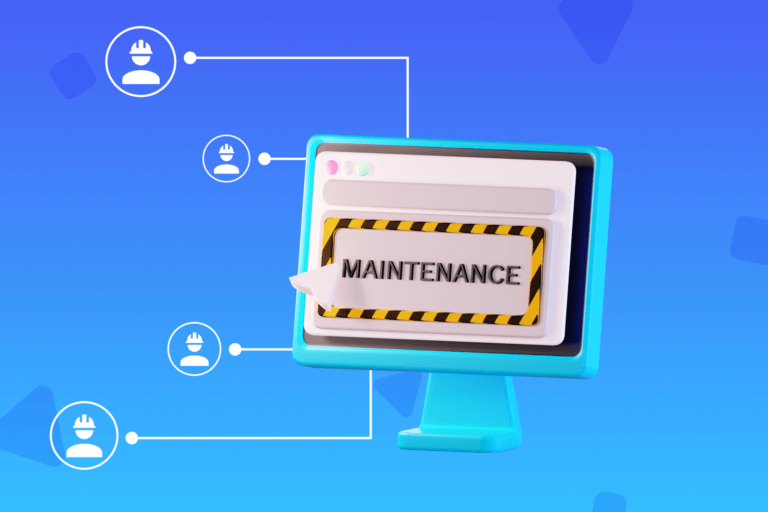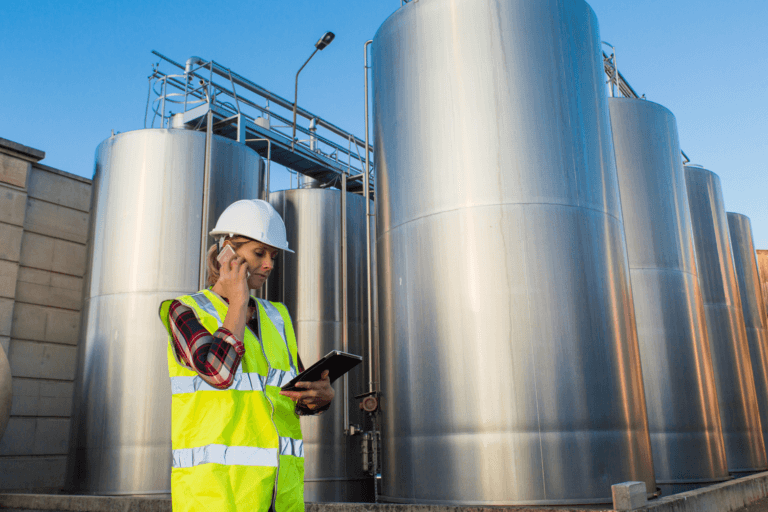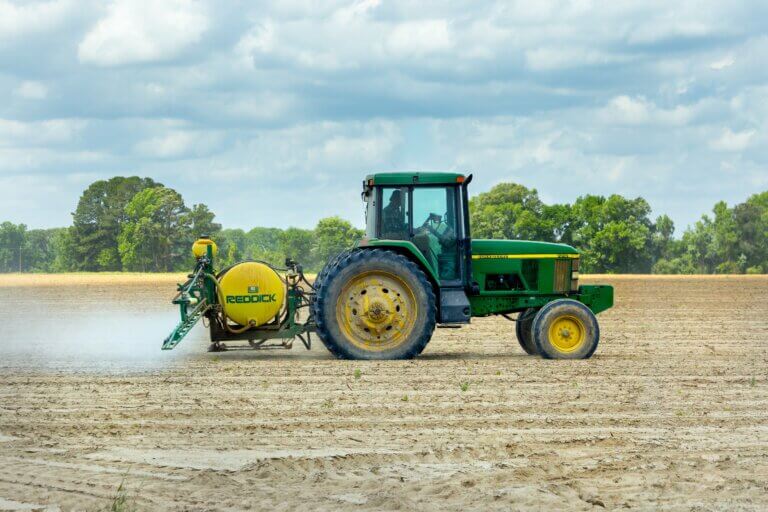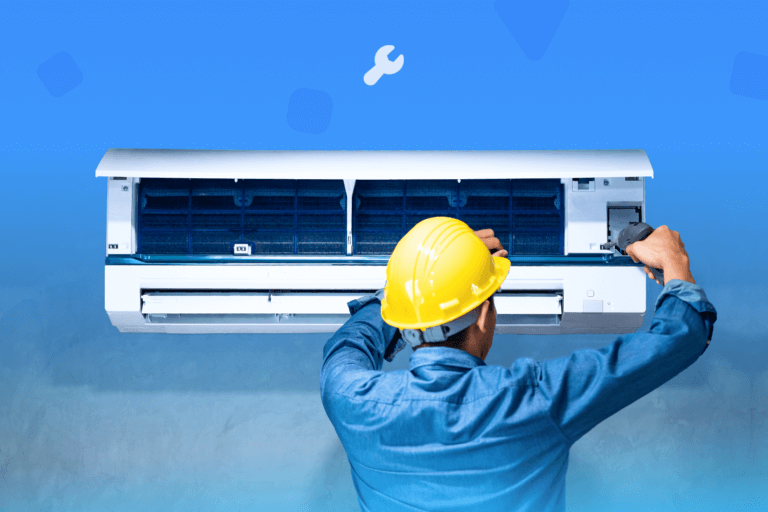The decision to carry out maintenance on the machines that participate in the production process of any company is an important part of the strategy that is built to keep the assets in optimal conditions.
To be successful, defining an organization that considers regular maintenance routines is essential. Regardless of the option of the type of maintenance that is defined to be carried out, companies need to know and apply the different levels of maintenance that exist.
The maintenance logic considers different levels, associated with each other and with depth ranges of the work to be done. Each of these levels has an intrinsic importance, although moving to the next depends on the failure of the tasks of the previous level, or if they require the application of more complex interventions.
What are they, and what levels of maintenance does a company have to consider in its quest to reach the optimum level of production? That is what we are going to review next.
Getting to know maintenance levels
As we said before, there are different levels of maintenance, which differ between them according to the complexity and depth of the tasks performed.
In total, five maintenance levels are recognized, which are used to schedule and record the tasks to be performed. There are a series of actions that can be planned, among which the following areas stand out:
- Handling of work orders, in terms of generating, assigning and following up on those orders.
- Scheduling routine tasks, making an automated scheme for the execution of routine jobs.
- Maintenance scheduling, where future dates are set when maintenance must be performed.
- Assignment of tasks to staff, based on the time each task will take and the workload it entails.
- Inventory control, to manage what you have and what must be purchased to perform maintenance in terms of spare parts and consumable items.
A maintenance strategy considers different levels. These are associated and interrelated as tasks become more complex, requiring a move to a deeper and more complex level.
First Level
In the first level of maintenance, activities classified as essential for the operations of a company are identified.
At this stage, simple operations are considered, the execution of which requires basic tools. Even in many cases they are not even necessary. The level of instruction is minimal or null and the tasks do not imply any risk for the worker or the production.
Here you work with elements integrated to the equipment, which is easily accessible and operations can be carried out by your own operator. In addition, they allow a schedule that includes those tasks within the routine operations of the company.
Regulations, controls and inspections determined by the equipment manufacturer are included in this level. Generally, the executor has instruction manuals to carry out the work and some components that can be easily changed, without the need for disassembly or too much intervention.
Among the elementary operations are:
- Control and replacement of fluids (oil, fuel, coolant)
- Replacement of short shelf life parts or accessories (batteries, cords)
- Daily lubrication
- Replacement of light bulbs
- Filter control and cleaning
Second Level
In the second level of maintenance, we find jobs associated with tasks that require certain procedures, although they can be considered simple.
The level of instruction requires basic training, but these tasks should not be confused with those performed at the first level. The reason is that there is a higher level of complexity, work is done with elements that are integrated as well as external to the equipment, and the procedures are somewhat more complex; there is a potential risk for the worker, which requires more qualification and experience.
From this level, it is up to the maintenance staff to do the work, not to the operator of such equipment, since greater knowledge of the operation of the machine on which they are going to work is required.
Among the elementary operations are:
- Control of operational parameters, using integrated tools for measurement
- Performance control, regulations, repairment for standard component exchange
Third Level
Operations of a preventive nature that require complex procedures, as well as others of a simple corrective nature, are the type of actions considered by the third level of maintenance.
To carry out this type of work a high level of instruction is needed, where qualified technical personnel act, who are in charge of procedures in greater detail and that present a greater risk both for production and for themselves.
It works with elements integrated as well as external to the equipment, with the support of detailed instructions, and the tasks are related to the identification and diagnosis of faults, repair by change of functional components and minor mechanical repairs.
Among the elementary operations are:
- General regulations
- Control and adjustments requiring measuring tools external to the machine
- Delicate systematic maintenance operations, repairs by exchange of sub-assemblies and components
Fourth Level
The fourth and penultimate level of maintenance is reserved for complex work of a corrective or preventive nature.
It is dedicated to operations whose procedures involve specific techniques or technologies, so the level of instruction is high and a technician or team with experience and general or special maintenance instruction is also required.
At this level, the potential risk for production and the technicians involved exists, and the work is done with elements that are integrated as well as external to the equipment. As they are not routine, these maintenance operations must be scheduled in advance.
Among the elementary operations are:
- Partial or general overhauls that do not require complete disassembly of the machine
- Specialized repairs
- Verification of measuring devices
Fifth Level
The last level of maintenance is reserved for those tasks that require specific know-how, which considers special techniques, technology and processes.
It is the most complex level, where corrective tasks address renovation and reconstruction work, among others, and where there is a greater need for support teams for the intervention to be successful.
Given its more complex nature, fifth level maintenance work tends to affect the normal operation of a company, even if they are specific actions carried out by external suppliers.
All this implies that there is advance programming and a specialized level of instruction by those who perform this type of task, since there is potential risk, both for the production and the technicians involved.
Work is carried out with elements that are integrated as well as external to the equipment, under the modality of assigning tasks to specialized companies that carry out corrective actions on parts that have to be changed or repaired as a result of their becoming obsolete or close to expiring.
Among the elementary operations are:
- General checks with complete disassembly of the machine
- Equipment reconditioning
The adoption of maintenance by levels is a strategic and fundamental decision when a company defines having a planning of tasks that seek the best performance of its equipment related to the production process.
In addition to avoiding failures and stoppages, there are a number of benefits associated with planning, which can be further increased as companies incorporate solutions based on digital systems that manage data, storing information and keeping a record of activities. carried out and to be carried out, with a desire to increase productivity and organize this type of work at the highest level, which is key to the success of any organization.






